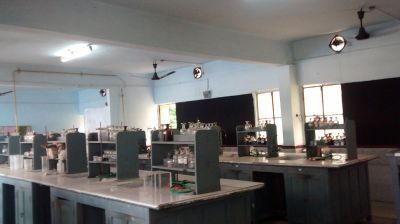Imaging chemistry in atomic detail

Chemistry Lab
By yashbaldawa.4 (Own work) [CC BY-SA 4.0 (http://creativecommons.org/licenses/by-sa/4.0)], via Wikimedia Commons
One of the open challenges in science today is to directly observe atomic motions as they occur. Ultrafast electron diffraction (UED) uses electron beams to achieve this goal.
For EU-funded researchers, the challenge was to combine high spatial and
temporal resolution with sufficient electron beam intensity to bring
atomic motions into focus. They started with simulations of kilo
electron-volt electron beams generated by a photocathode. In such a
scheme, a laser is used to illuminate the photocathode and to control
the initial spatial and temporal distribution of the beam.
Based on the simulation results, researchers prepared technical drawings for the construction of an electron diffractometer for the Institute of Electronic Structure and Laser (IESL) at the Foundation for Research and Technology - Hellas (FORTH) on the island of Crete. The new apparatus consists of a high-brightness electron gun with a lanthanum hexaboride photocathode, an ultrafast laser and a position-sensitive imaging detector. The electron diffractometer integrated into the Institute's research infrastructure during the GPSDI (Gas phase structural dynamics imaging) project offers the opportunity to investigate structural changes in gas phase and solid materials.
Concurrently, researchers investigated possible combinations of UED with other techniques such as spectroscopic ellipsometry and slice imaging.
In the ellipsometry case, multipass spectroscopic ellipsometry (MPSE) was developed, where, the light beam is reflected multiple times off the sample in a single measurement. This way, MPSE allows more sensitive, simultaneous measurements of the refractive index, absorption coefficient and thickness of very thin films with possible applications in the semiconductor industry.
On the other hand, using traditional techniques such as velocity map imaging and slice imaging, researchers explored the photolysis mechanisms of methyl bromide and other molecules inside and outside clusters. The results have been described in a series of publications in renowned scientific journals.
GPSDI project research, conducted in collaboration with pioneers in France, Iceland, the Netherlands, Spain and the United States, has opened a new window onto the microscopic world. When scientists look with new eyes, they have a chance to see things in new ways.
published: 2015-09-03

